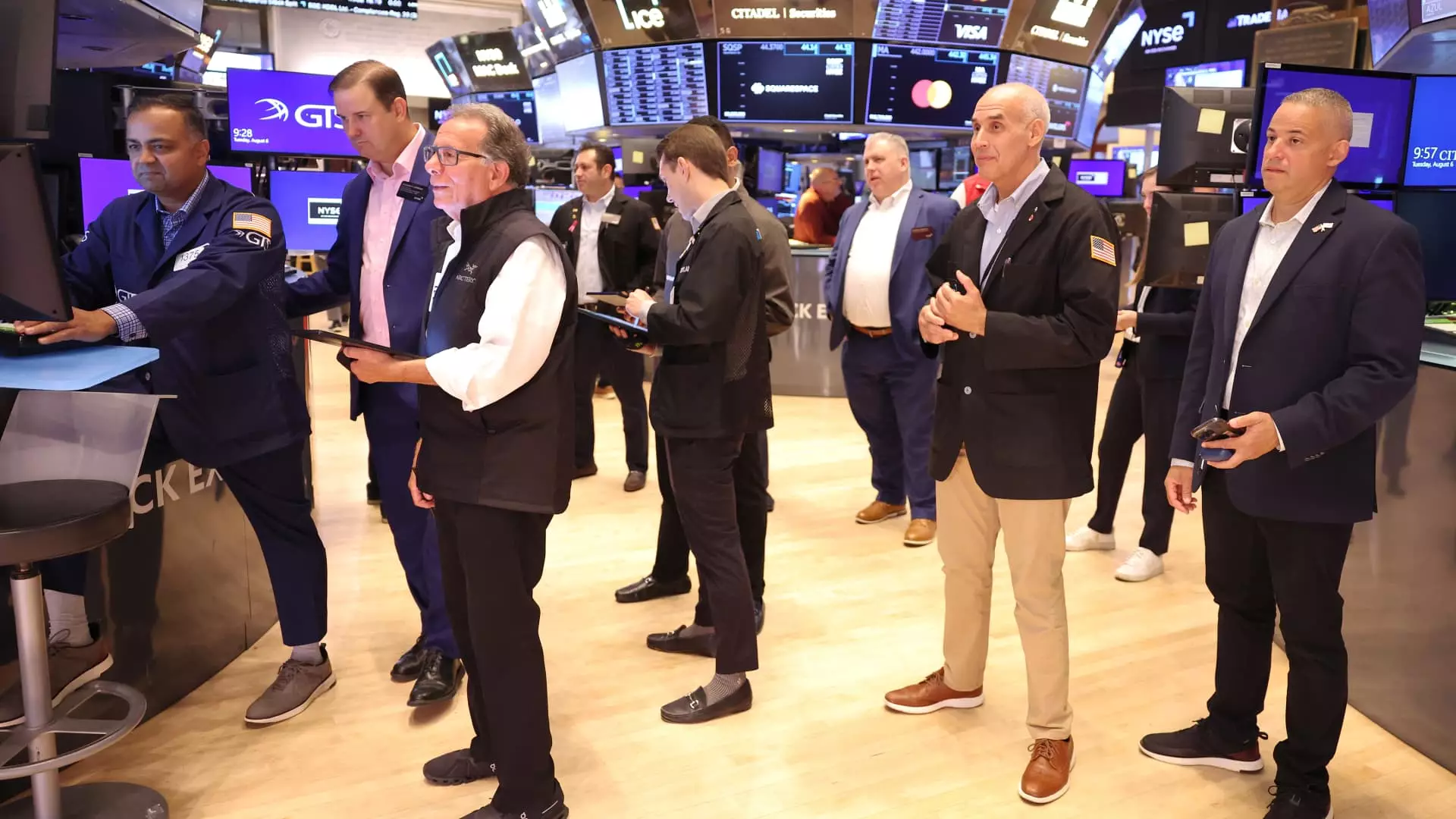The week of trading on Wall Street was certainly a rollercoaster ride for investors all across the globe. As the S & P 500 experienced extreme fluctuations, with its worst and best days since 2022 happening within the span of just five days, it is clear that the market was in a state of high volatility. The 10-year Treasury yield also experienced significant ups and downs, dropping below 3.7% before bouncing back to around 4%. The Cboe Volatility Index, known as the “fear gauge,” spiked to its highest level since 2020 but finished the week lower. Despite all this chaos, the market ended the week down less than 0.1%, indicating a sense of stabilization.
According to Tim Hayes, chief global investment strategist at Ned Davis Research, the recent volatility in the market has resulted in correction weakness but does not exhibit the characteristics of a bear market. This suggests that while there was a significant amount of turbulence, the market remains resilient overall. The fact that over two-thirds of stocks in the S & P 500 were still trading above their 200-day moving average indicates strength in the market. In addition, the interest rate volatility did not seem to deter investors in high-quality corporate debt, as investment-grade spreads held steady.
Even in Japan, where there were massive moves in the local stock market and the yen, signs of resilience were evident. The Nikkei 225 Index rebounded from its worst day in decades to finish the week down less than 3%. This resilience can be attributed to factors such as a slight interest rate increase by the Bank of Japan, which did not fundamentally change the outlook for Japanese companies. Despite the volatility, the market was able to weather the storm and recover to some extent.
However, the recent weakness in the market, particularly the sharp drop on Monday, raises concerns about the sustainability of the bull market. Key drivers of the market’s growth may be running out of steam, as noted by Peter Berezin, chief global strategist at BCA Research. Issues like the unwind of the carry trade with the yen and uncertainty around AI-linked tech stocks and the global economy could further weaken the market. The looming U.S. election and seasonally weak period for markets add to the uncertainty and potential for further losses.
As traders and analysts navigate the choppy waters ahead, the need for caution and careful observation is paramount. The recent trading actions, including weak closes and counter rallies, indicate a sense of skepticism among investors. The possibility of further short-term strength followed by renewed losses is a concern raised by experts like Fitzpatrick. The market may undergo a testing period to determine its stability and resilience in the face of ongoing challenges.
The wild week of trading on Wall Street serves as a reminder of the unpredictability of the market and the importance of being prepared for all eventualities. Investors and analysts must remain vigilant and adaptable to navigate through turbulent times and make informed decisions to safeguard their investments.


Leave a Reply